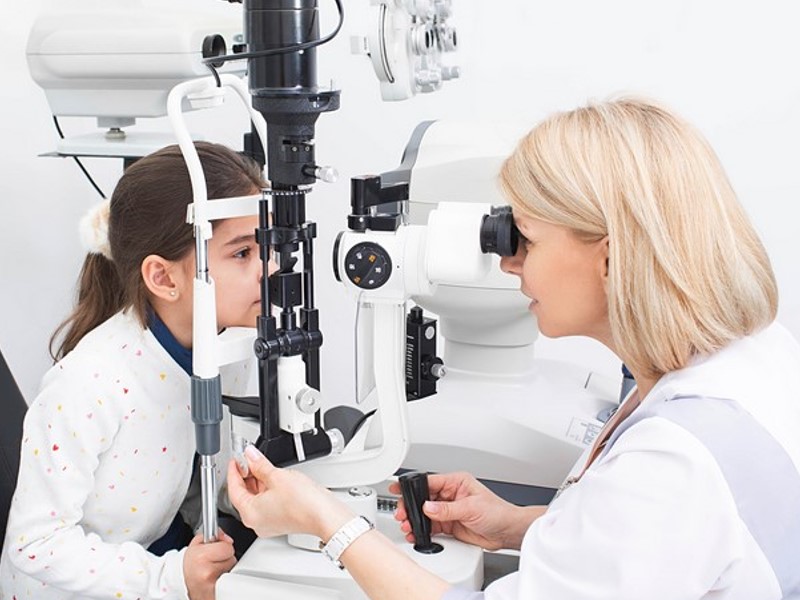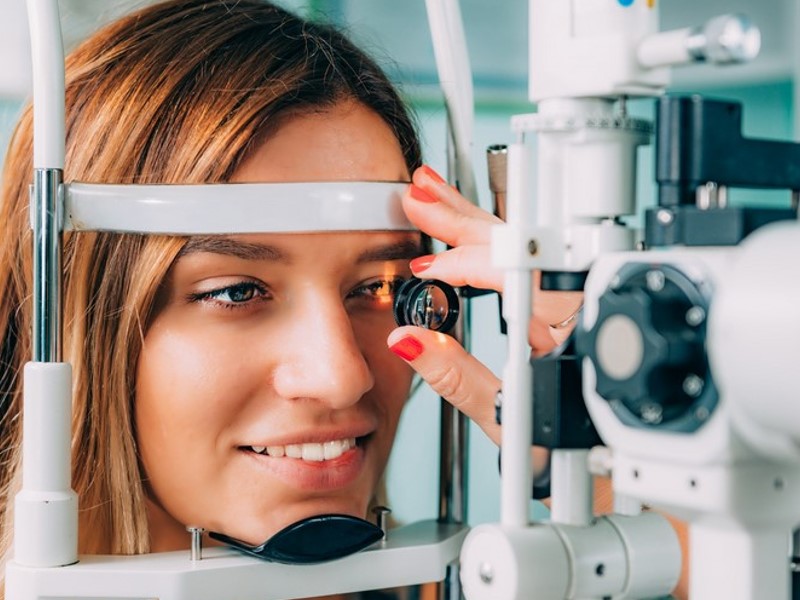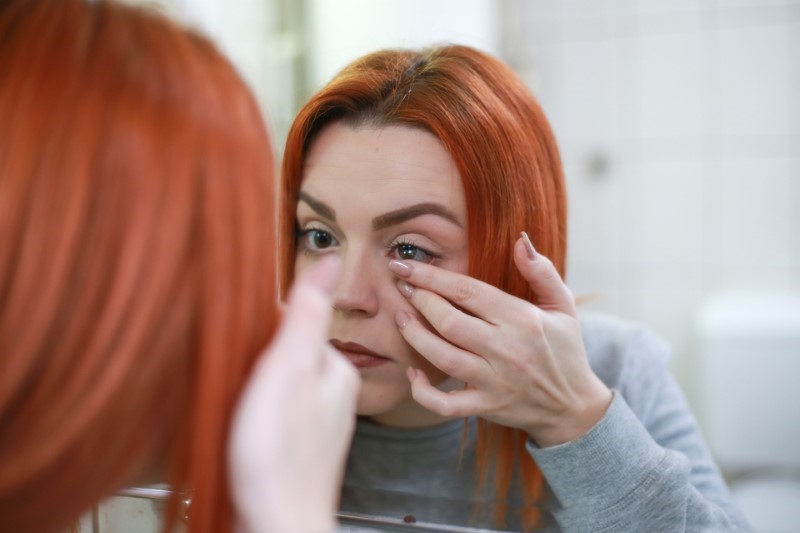Ophthalmic Examination 101

Table of Contents
A standard ophthalmic examination is a complete series of tests conducted by an optometrist or ophthalmologist. Both are doctors specializing in eye health. They use the tests to check not just your vision but also your eyes’ health in general.
Standard ophthalmic exams are also called routine eye exams or comprehensive eye exams.
How Often Should You Get an Ophthalmic Examination?
Your eyes’ health and your age are the top determining factors for the frequency of undergoing an eye exam. Experts say children should get their first basic eye exam right after birth.
Getting a child’s vision screened is also recommended at the following stages:
- once between 6 months old and 12 months old
- once between 12 months and 3 years old
- once between 3 years old and 5 years old
- every 1 to 2 years after the age of 5
The above screenings help doctors identify if there is a need for further exams.

Meanwhile, the following stages are recommended for adults with good vision who don’t experience any eye concerns to get ophthalmic exams.
- once between 20 and 29 years old
- twice between 30 and 39 years old
- at the age of 40
- as recommended by the doctor after 40 years old and before the age of 65
- every 1 to 2 years, starting at the age of 65
Adults experiencing problems with their vision or eyes should visit an eye doctor at least once yearly, except if the doctor suggests otherwise.
Adults who need an ophthalmic examination every year because of a higher risk for vision and eye problems include the following:
- those who have a family or personal history of eye disease
- those who have had an eye injury or eye surgery
- those whose jobs are dangerous to the eyes, such as welders
- those who take medications with side effects that affect the eyes
- those who wear contact lenses
An examination every 1 to 2 years is recommended for people who have undergone refractive surgery. If you’re suffering from an eye disease, discuss the recommended frequency of exams with your doctor.
How to Prepare for Ophthalmic Exams
You don’t need any special preparation before your eye exam. However, once the test is finished, you might need to ask someone to drive you home if the doctor dilates your eyes and your vision isn’t normal.

Don’t forget to bring sunglasses during your exam. Your eyes will have increased light sensitivity following the dilation. The doctor’s office can give you something that will protect your eyes if you don’t have sunglasses.
What to Expect During Ophthalmic Exams
The doctor will get your comprehensive eye history and take note of several things, such as the following:
- your corrective methods, if you have any, such as contact lenses or glasses
- your existing medications
- your family history
- your health in general
- your vision concerns
Vision Screening
A visual acuity test will be performed by the doctor first. During the test, you will be asked to look at a chart that contains shapes or symbols like the alphabet. The doctor will then note your ability to correctly identify the shapes or symbols from a distance.
The doctor will conduct a refraction test as well. This test aims to know if light bends correctly every time it passes through the lens or if you suffer from a refractive error like nearsightedness.
During this refraction test, you will use a device with various lenses to look at an eye chart at a distance of 20 feet. This test will also identify your prescription for wearing contact lenses or glasses.
Dilation
The doctor will also use eye drops to dilate your eyes and enlarge your pupils. The pupils are those black circles at the center of your eyes. The dilation allows the doctor to see the back of your eyes.
Other Parts of an Ophthalmic Exam
Checking the following is also included in an ophthalmic examination:
- the health of the eye muscles
- your stereopsis or 3D vision
- your peripheral vision to know how well you can see outside your direct focus
Other tests include the following:
- a colorblindness test where you look at the circles of dots of different colors with shapes, symbols, or numbers in them
- a slit lamp examination where another lighted magnifying device is used to check different parts of your eyes such as your conjunctiva or the thin membrane that covers the sclera or whites of the eyes; the cornea or the transparent dome covering the front of your eyes; the eyelid; and the iris or the colored part of your eyes.
- using a light to examine your pupils and check if they can respond correctly
- examination of the retina at the back of your eyes using a lighted magnifying lens to check the health of your optic nerve and blood vessels
- tonometry or a glaucoma test where your doctor uses an instrument to blow a painless puff of air to or make contact with your eye. It allows them to measure the pressure of fluid inside your eye.
Meaning of Normal Results
If your results are normal it means that you:
- can tell colors apart
- have a 20/20 vision that lets you see some objects from a distance of 20 feet
- don’t have other abnormalities of the eye muscles, retina, and optic nerve
- don’t have different symptoms of eye conditions or eye disease
- don’t have signs of glaucoma characterized by damage to the optic nerve

Meaning of Abnormal Results
Abnormal results indicate that the doctor identified a condition or problem that may require treatment. These include the following:
- astigmatism or a condition that results in blurry vision because of the cornea’s shape
- infection
- trauma
- impairment of vision that requires corrective contact lenses or eyeglasses
Be sure to get a standard ophthalmic examination regularly to identify issues with your eyes early on.










 Who is at Risk of Developing Anorexia and Other Eating Disorders?
Who is at Risk of Developing Anorexia and Other Eating Disorders?  Discover the MCT Oil Magic
Discover the MCT Oil Magic  Potential Consequences of Obsessive Compulsive Disorder
Potential Consequences of Obsessive Compulsive Disorder  Horrible Dangers of Untreated Periodontal Disease
Horrible Dangers of Untreated Periodontal Disease  Alluring Skin Care Benefits of Hemp Oil
Alluring Skin Care Benefits of Hemp Oil  Discover the Flavor Revolution with Lee Kum Kee Chili Crisp Oil
Discover the Flavor Revolution with Lee Kum Kee Chili Crisp Oil  Coconut Extract: The Secret Ingredient Revolutionizing Health and Wellness in 2024
Coconut Extract: The Secret Ingredient Revolutionizing Health and Wellness in 2024